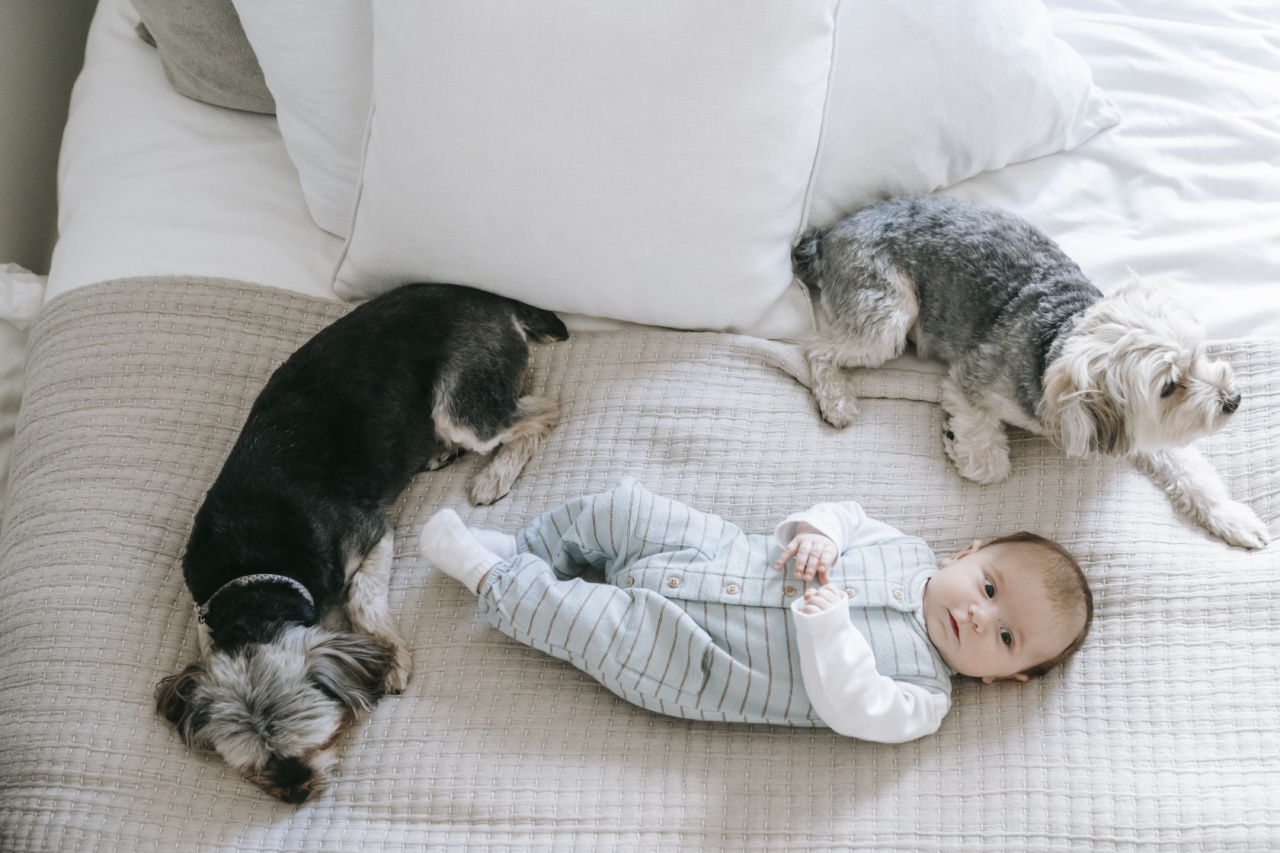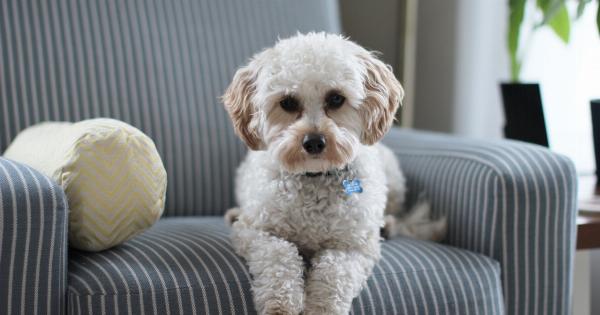Many dog owners often wonder why their furry companions prefer the couch over their designated beds. It can be frustrating to see your dog snuggled up comfortably on the couch when you have provided them with a plush bed of their own.
Understanding the reasons behind this preference can help you address the issue effectively and create a sleeping space that your dog will love.
Lack of comfort
One possible reason why your dog prefers the couch is that his bed may not be as comfortable as you think. Dogs are creatures of comfort, and just like humans, they seek out the coziest spots for rest and relaxation.
Evaluate your dog’s bed to ensure it is soft, supportive, and the right size for your furry friend. Consider investing in a memory foam or orthopedic bed to provide extra comfort, especially if your dog is older or has joint issues.
Location and surroundings
The location and surroundings of your dog’s bed may also play a role in their preference for the couch. If their bed is placed in a noisy or busy area of the house, your dog may opt for the quiet and calm environment of the couch instead.
Additionally, if their bed is isolated from the family or lacks visibility, your dog may feel more comfortable being close to you on the couch.
Temperature and ventilation
Dogs are sensitive to temperature, and if their bed is not in an area with proper ventilation or is too warm or cold, they may seek out alternative sleeping spots.
Check the temperature of the room where your dog’s bed is placed and ensure good air circulation. During warmer months, make sure your dog’s bed is not exposed to direct sunlight or placed near heating vents.
Preference for upholstery
Some dogs may simply prefer the texture and feel of upholstery fabric found on couches. The smooth surface and cushioning effect can be appealing to your dog, making them gravitate towards the couch instead of their own bed.
If this is the case, try using blankets or covers with similar fabric textures on your dog’s bed to make it more appealing to them.
Shared sleeping habits
Dogs are pack animals and enjoy being close to their family members, whether human or other pets.
If you allow your dog to sleep on the couch with you or notice your family members frequently using the couch as a resting spot, your dog may see it as a desirable sleeping location. Dogs are creatures of habit and tend to mimic the behavior they observe in their pack. Consider establishing a consistent sleeping routine for your dog to alleviate their desire for the couch.
Separation anxiety
Dogs with separation anxiety may feel more secure and comforted when they are close to their owners. If your dog prefers the couch as a result of separation anxiety, it is vital to address and manage this condition.
Seek advice from a professional trainer or behaviorist who can guide you through effective training techniques and strategies to alleviate separation anxiety.
Association with rewards
If your dog has associated the couch with rewards such as treats, attention, or playtime, they may naturally be inclined to choose the couch over their bed.
Dogs quickly learn which behaviors lead to positive outcomes, and if they have received rewards or attention on the couch in the past, they are likely to repeat this behavior. Disassociate the couch as a reward spot and redirect your dog’s attention towards their bed instead.
Lack of proper training
Training plays a crucial role in shaping your dog’s behavior and helping them understand what is expected of them. If your dog has not received sufficient training or reinforcement to use their bed, they may default to lounging on the couch.
Implement positive reinforcement techniques, such as offering treats or praise when your dog goes to their bed, and be consistent with training sessions to encourage the desired behavior.
Medical issues
In some cases, your dog’s aversion to their bed may be due to medical issues or discomfort that you may not be aware of.
If your dog avoids their bed consistently or shows signs of pain or restlessness, it is crucial to consult with a veterinarian. They can perform a thorough examination to rule out any underlying health conditions that may be causing your dog’s preference for the couch.
Creating an enticing bed
To encourage your dog to use his bed more often, it is essential to create an enticing sleeping space. Here are some tips to make your dog’s bed more appealing:.
1.Add familiar scents
Place an item with your scent, such as a t-shirt you have recently worn, on your dog’s bed. The familiar scent will provide a sense of security and make the bed more inviting.
2.Provide cozy bedding
Ensure there is enough soft bedding on your dog’s bed. Layer blankets or use a plush mattress to create a comfortable and cushioned surface for them to sleep on.
3.Location matters
Choose a location for your dog’s bed that is quiet, has good visibility, and is easily accessible. Avoid placing it in high-traffic areas or near distractions that may deter them from using it.
4.Use positive reinforcement
When your dog chooses to use his bed, reward him with treats, praise, or playtime. Positive reinforcement will reinforce the desired behavior and make the bed a more appealing option for your dog.
5.Maintain a consistent routine
Establish a consistent sleeping routine for your dog. Set specific bedtimes and wake-up times, and stick to them. Dogs thrive on regularity, and a consistent routine will help them understand when it’s time to rest.
6.Make it cozy
Consider adding a heating pad or a cozy blanket to your dog’s bed during colder months. Creating an extra layer of warmth and comfort can entice your dog to choose his bed instead of the couch.
7.Investigate alternative beds
If your dog shows a strong preference for the couch despite your efforts, try different types of beds. Some dogs may prefer elevated beds, cave-style beds, or even a simple pile of blankets.
Experiment to find the type of bed that suits your dog’s preferences and needs.
8.Engage in playtime and exercise
Ensure your dog receives enough physical and mental stimulation throughout the day. Regular playtime and exercise can help tire them out, making their bed a more appealing spot for much-needed rest.
9.Consult a professional
If your dog’s aversion to his bed persists or you need additional guidance, consider consulting a professional dog trainer or behaviorist.
They can provide personalized tips and techniques to address your dog’s specific needs and preferences.
10.Be patient and consistent
Changing your dog’s behavior takes time and patience. Be consistent with your training and provide ample opportunities for your dog to choose his bed.
With persistence and positive reinforcement, your dog will gradually learn to prefer his bed over the couch.






























